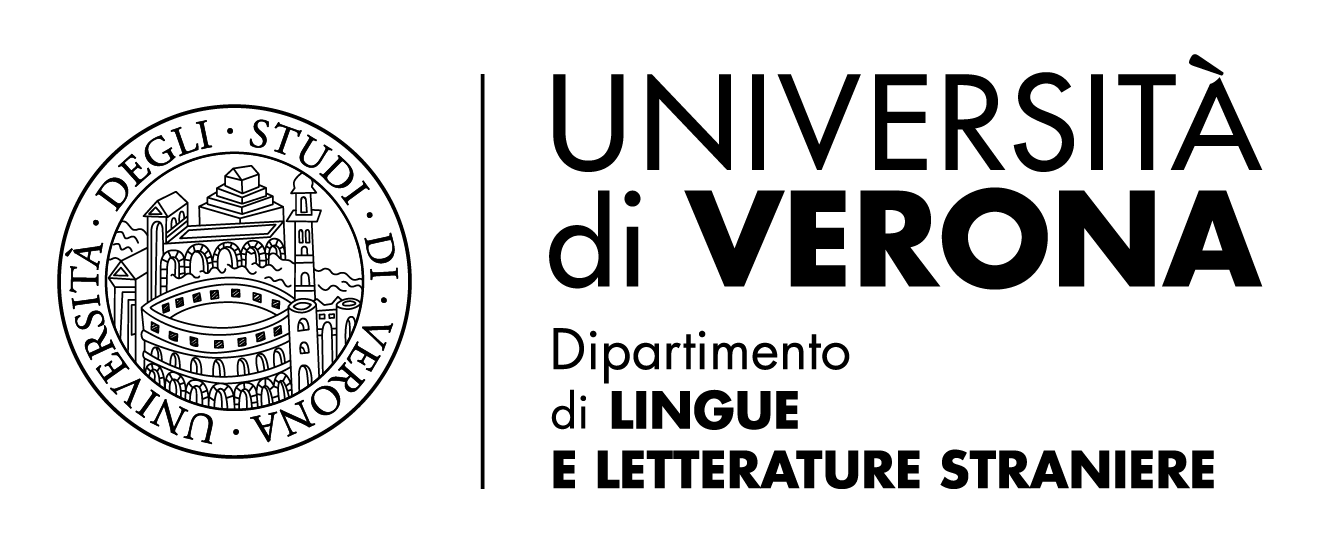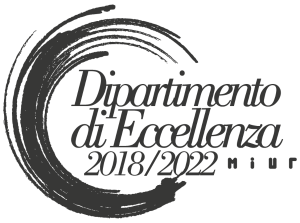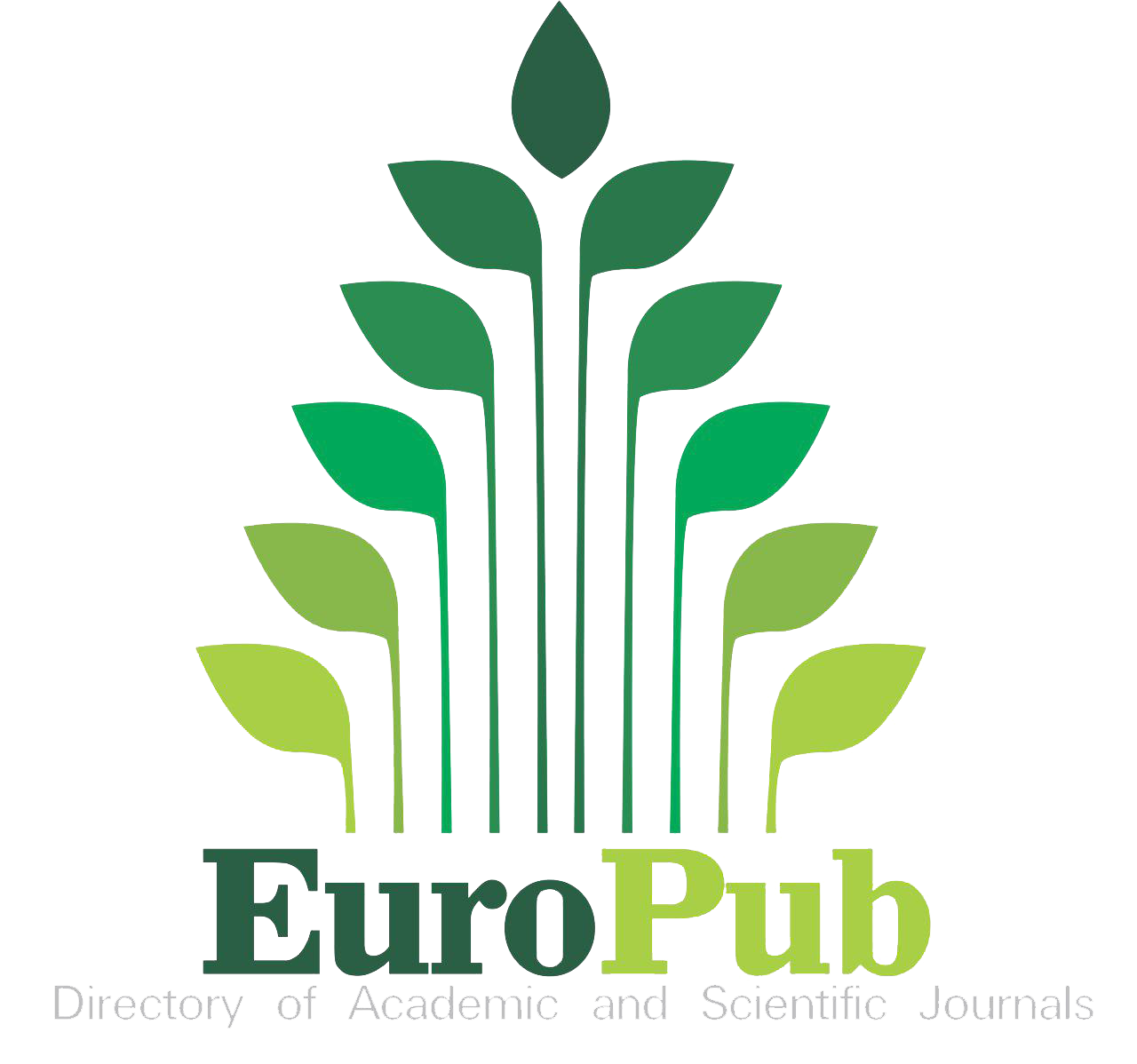Linguistic Issues of Transparency in the Fashion Transparency Index
DOI:
https://doi.org/10.13136/2281-4582/2025.i25.1518Keywords:
Transparent communication, Language of transparency, Language of sustainability, Fashion Revolution, Fashion Transparency IndexAbstract
The Fashion Transparency Index (FTI) is a very sophisticated operationalisation of the notion of transparency in the field of fashion: since 2016 the Index has scored annually the degree of transparency of the world’s largest brands in their sustainability-related efforts. Like previous work on transparency, the Index also contains occasional remarks on the language used by brands. Given the key role played by language in transparent, i.e., honest, open and clear, communication, it is surprising that such remarks have not been systematically investigated.
The present study aims to fill, albeit partially, this research gap. First, a diachronic content analysis was conducted on the FTI (2016-2023) to identify the issues regarding the language used by brands when disclosing their sustainability-related efforts, as seen from the perspective of the non-linguistic community of the compilers of the Index as well as from a linguistic perspective. Second, a frame analysis was conducted on the use of encourage and suggest – which the Index associates with lack of transparency when used by brands in their disclosure of supply chain policies – to ascertain whether these verbs, along with other conceptually related ones, may hinder transparency.
Results show that linguistic remarks in the FTI are often unsubstantiated and, overall, reveal a lack of generic and contextual awareness. While this is unsurprising, since the compilers of the FTI are not linguists, the findings clearly point to a need for cooperation between the non-linguistic community of the FTI authors’ and linguists, if the Index aims, as it claims, “to closely scrutinise the language used” by brands (FTI 2020, 5) and design guidelines which brands can use.
References
Belova, Alla D. “Sustainable Fashion in the English Language Mirror.” Cognition, Communication, Discourse 25 (2022): 9-18.
Blanco-Velo, Joanna, et al. “Ethical, Eco, Organic, Green…What does it all Mean?” 17th Eirass Conference on Retailing and Consumer Services. Istanbul, Turkey, 7-9 July 2010.
Business of Fashion (BoF) and McKinsey & Company. The State of Fashion 2019.
Brezina, Vaclav, Pierre Weill-Tessier and Anthony McEnery (2021). #LancsBox v. 6.x [Software package]. http://corpora.lancs.ac.uk/lancsbox/download.php.
Crane, Andrew and Sarah Glozer. “Researching Corporate Social Responsibility Communication: Themes, Opportunities and Challenges.” Journal of Management Studies 53.7 (2016): 1223-1252.
Cucchi, Costanza and Sonia Piotti. “Eco-Fashion Lexicon: A Never-ending Story?”. L’Analisi Linguistica e Letteraria 24.2 (2016): 171-182.
Egels-Zandén, Niklas and Niklas Hansson. “Supply Chain Transparency as a Consumer or Corporate Tool: The Case of Nudie Jeans Co.” Journal of Consumer Policy 39.4 (2016): 377-395.
Egels-Zandén, Niklas, Kajsa Hulthén and Gabriella Wulff. “Trade-offs in Supply Chain Transparency: The Case of Nudie Jeans Co.” Journal of Cleaner Production 107 (2015): 95-104.
Fashion Revolution. Fashion Transparency Index 2016. www.fashionrevolution.org/wp-content/uploads/2016/04/FR_FashionTransparencyIndex.pdf.
---. Fashion Transparency Index 2017-2023. https://www.fashionrevolution.org/fashion-transparency-index/.
Fillmore, Charles J. “Frames and the Semantics of Understanding”. Quaderni di Semantica 6.2 (1985): 222-254.
---. “Frame Semantics”. Linguistics in the Morning Calm. Selected Papers from SICOL-1981. Edited by the Linguistic Society of Korea. Seoul: Hanshin Publishing, 1982. 111-137.
---. “Frame Semantics and the Nature of Language”. Annals of the New York Academy of Sciences 280.1 (1976): 20-32.
Fillmore, Charles J. and Beryl T.S. Atkins. “Toward a Frame-based Lexicon: The Semantics of RISK and its Neighbors.” Frames, Fields, and Contrasts: New Essays in Semantic and Lexical Organization. Edited by Adrienne Lehrer and Eva Feder Kittay. Hillsdale: Lawrence Erlbaum Associates, 1992. 75-102.
Florini, Ann. The Right to Know: Transparency for an Open World. New York: Columbia University Press, 2007.
FrameNet. The International Computer Science Institute in Berkeley. framenet.icsi.berkeley.edu/. Last visited 24/04/2024.
Freeman, Edward R. Strategic Management: A Stakeholder Approach. Cambridge: Cambridge University Press, 2010.
Henninger, Claudia E., Panayiota J. Alevizou and Caroline J. Oates. “What is Sustainable Fashion?” Journal of Fashion Marketing and Management 20.4 (2016): 400-416.
Hess, David. “Public Pensions and the Promise of Shareholder Activism for the Next Frontier of Corporate Governance: Sustainable Economic Development.” Notre Dame Journal of Law, Ethics & Public Policy 21.2 (2007): 117-157.
H&M. Our Business Partners. https://hmgroup.com/sustainability/standards-and-policies/. Last visited 24/04/2024.
James, Alana M. and Bruce Montgomery. “Engaging the Fashion Consumer in a Transparent Business Model.” International Journal of Fashion Design, Technology and Education 10.31 (2017):1-13
Karpova, Kateryna. “Media Coverage of Sustainable Fashion: A Linguistic Perspective.” ЛІТЕРАТУРОЗНАВСТВО. МОВОЗНАВСТВО. ФОЛЬКЛОРИСТИКА 2.34 (2023): 65-71.
Mukherjee, Sudeshna. “Environmental and Social Impact of Fashion: Towards an Eco-friendly, Ethical Fashion.” International Journal of Interdisciplinary and Multidisciplinary Studies (IJIMS) 2.3 (2015): 22-35.
Ospital, Panthixa, et al. “Toward Product Transparency: Communicating Traceability Information to Consumers.” International Journal of Fashion Design, Technology and Education 16.2 (2023): 186-197.
Primark. Policies. https://corporate.primark.com/en-gb/policies-and-reports/policies. Last visited 24/04/2024.
Richards, Harriette. “Rethinking Value: ‘Radical Transparency’ in Fashion.” Continuum 35.6 (2021): 914-929.
The New Standard Institute. Roadmap for the Rebuild. www.newstandardinstitute.org/road-map. Last visited 24/04/2024.
Thomas, Sue. “From ‘Green Blur’ to Ecofashion: Fashioning an Eco-lexicon.” Fashion Theory 12.4 (2008): 525-540.
Downloads
Published
Issue
Section
License
Copyright (c) 2025 Costanza Cucchi, Sonia Piotti

This work is licensed under a Creative Commons Attribution 4.0 International License.
Iperstoria is an Open Access journal.
- Authors retain copyright and grant the journal right of first publication with the work simultaneously licensed under a Creative Commons Attribution 4.0 BY License that allows others to share the work with an acknowledgement of the work's authorship and initial publication in this journal.
- Authors are able to enter into separate, additional contractual arrangements for the non-exclusive distribution of the journal's published version of their work (e.g., post it to an institutional repository or publish it in a book), with an acknowledgement of its initial publication in this journal. We kindly ask authors to inform us of any instances of re-publication.







